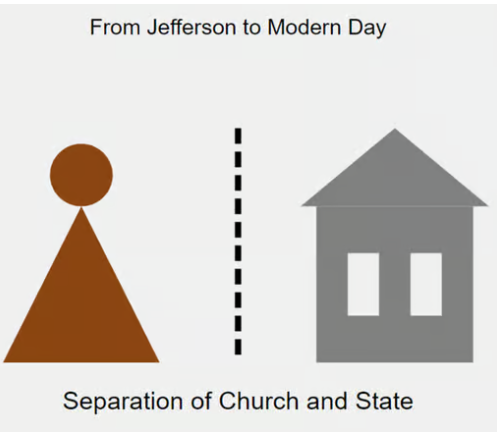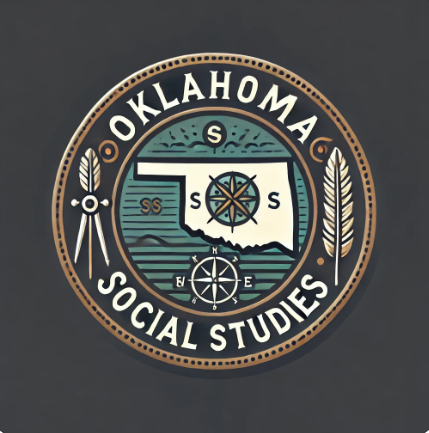Review of “1984” by George Orwell
“1984” by George Orwell is a timeless classic that delves into the chilling world of a dystopian future. Published in 1949, this novel remains incredibly relevant today, exploring themes of totalitarianism, surveillance, and the manipulation of truth. The story is set in a society controlled by the Party, led by the enigmatic and omnipresent Big Brother. Orwell masterfully creates a world where individuality is suppressed, and freedom is an illusion.
Plot Overview
The protagonist, Winston Smith, is a minor party member who works at the Ministry of Truth, where his job involves altering historical records to align with the Party’s ever-changing propaganda. Disillusioned with the oppressive regime, Winston embarks on a journey of rebellion, seeking truth and freedom in a world devoid of both. His illicit relationship with Julia, a fellow dissenter, offers a poignant exploration of human connection in a dehumanized society.
Themes and Concepts
Orwell’s depiction of a society where the government exerts absolute control over every aspect of life is both harrowing and thought-provoking. The novel explores several key themes:
- Totalitarianism: “1984” portrays a world where the government, through the Party, maintains total control over its citizens. The Party’s dominance is enforced through constant surveillance, public executions, and the suppression of any form of dissent.
- Surveillance and Control: The concept of Big Brother, an all-seeing leader who watches everyone, symbolizes the extent of the Party’s surveillance. Telescreens, hidden microphones, and the Thought Police ensure that no one can escape the Party’s gaze.
- Manipulation of Truth: One of the most striking aspects of “1984” is the Party’s control over truth and reality. Through the Ministry of Truth, historical records are continually revised to suit the Party’s narrative. This manipulation extends to the creation of Newspeak, a language designed to eliminate subversive thoughts and concepts.
- The Power of Language: Newspeak, a linguistic tool introduced by the Party, aims to limit freedom of thought. By reducing the range of language, the Party seeks to control the thoughts and perceptions of its citizens, demonstrating the power of language in shaping reality.
- Individual vs. Collective Identity: The struggle between individual freedom and societal control is central to the narrative. Winston’s internal battle to maintain his individuality against the Party’s collectivist ideology highlights the human desire for personal identity and freedom.
- Psychological Manipulation and Torture: The Party employs psychological manipulation and physical torture to maintain control. The infamous Room 101, where prisoners are confronted with their worst fears, exemplifies the extent of the Party’s cruelty and its willingness to break any spirit of rebellion.
Character Analysis
- Winston Smith: A symbol of individual resistance, Winston is a complex character whose journey from conformity to rebellion and back again underscores the novel’s themes. His quest for truth and personal freedom, despite the overwhelming odds, makes him a compelling protagonist.
- Julia: Julia represents a more pragmatic approach to rebellion. Unlike Winston, she is more interested in personal pleasures and small acts of defiance rather than a broader ideological resistance. Her relationship with Winston provides a glimpse of hope and humanity in a bleak world.
- O’Brien: A high-ranking Party official who initially appears to be an ally to Winston but ultimately betrays him. O’Brien embodies the Party’s manipulative power, using psychological tactics to control and reprogram dissidents.
- Big Brother: The omnipresent, god-like figurehead of the Party. Although he never appears in person, his image and the phrase “Big Brother is watching you” serve as constant reminders of the Party’s absolute authority.
Conclusion
“1984” is a powerful warning about the dangers of unchecked power and the erosion of individual freedoms. Orwell’s vision of a dystopian future serves as a cautionary tale about the potential for government overreach and the loss of personal liberties. The novel’s exploration of truth, language, and individual identity continues to resonate, making it a crucial read for understanding the mechanisms of control and oppression in any society.
Additional Resources for Teaching “1984”
For educators looking to delve deeper into the themes and concepts of “1984,” check out this comprehensive resource on Teachers Pay Teachers: George Orwell’s 1984: Understanding the Deeper Meanings. This guide provides lesson plans, discussion questions, and activities designed to engage students and enhance their understanding of Orwell’s masterpiece.




